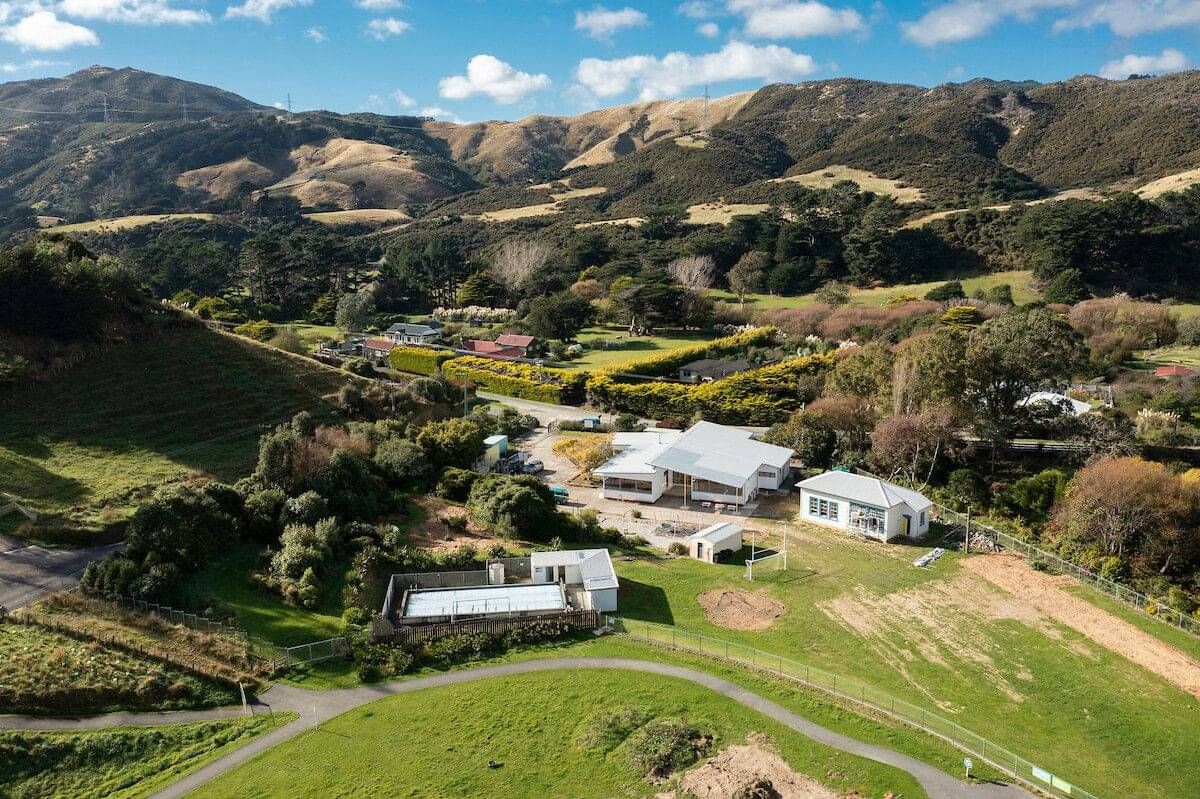NZ Histories Curriculum at MMS
This overview of the Aotearoa New Zealand's Histories Curriculum includes the outcomes which are structured using the UNDERSTAND, KNOW, DO headings. Included in the KNOW area are the key questions, so you can easily drill down into the kind of topics we cover with our ākonga.
General Science Curriculum at MMS - Overview
The fundamental aims of science education are expressed as a series of achievement aims, grouped by strand. The achievement objectives at each level are derived from the aims and are similarly grouped by strand.
The nature of science strand is the overarching, unifying strand. Through it, students learn what science is and how scientists work. They develop the skills, attitudes, and values to build a foundation for understanding the world. They come to appreciate that while scientific knowledge is durable, it is also constantly re-evaluated in the light of new evidence. They learn how scientists carry out investigations, and they come to see science as a socially valuable knowledge system. They learn how science ideas are communicated and to make links between scientific knowledge and everyday decisions and actions. These outcomes are pursued through the following major contexts in which scientific knowledge has developed and continues to develop.
The living world strand is about living things and how they interact with each other and the environment. Students develop an understanding of the diversity of life and life processes, of where and how life has evolved, of evolution as the link between life processes and ecology, and of the impact of humans on all forms of life. As a result, they are able to make more informed decisions about significant biological issues. The emphasis is on the biology of New Zealand, including the sustainability of New Zealand’s unique fauna and flora and distinctive ecosystems.
The planet earth and beyond strand is about the interconnecting systems and processes of the Earth, the other parts of the solar system, and the universe beyond. Students learn that Earth’s subsystems of geosphere (land), hydrosphere (water), atmosphere (air), and biosphere (life) are interdependent and that all are important. They come to appreciate that humans can affect this interdependence in both positive and negative ways.
Students also learn that Earth provides all the resources required to sustain life except energy from the Sun, and that, as humans, we act as guardians of these finite resources. This means knowing and understanding the numerous interactions of Earth’s four systems with the solar system. Students can then confront the issues facing our planet and make informed decisions about the protection and wise use of Earth’s resources.
The physical world strand provides explanations for a wide range of physical phenomena, including light, sound, heat, electricity, magnetism, waves, forces, and motion, united by the concept of energy, which is transformed from one form to another without loss. By studying physics, students gain an understanding of interactions between parts of the physical world and of the ways in which they can be represented. Knowing about physics enables people to understand a wide range of contemporary issues and challenges and potential technological solutions.
The material world strand involves the study of matter and the changes it undergoes. In their study of chemistry, students develop understandings of the composition and properties of matter, the changes it undergoes, and the energy involved. They use their understanding of the fundamental properties of chemistry to make sense of the world around them. They learn to interpret their observations by considering the properties and behaviour of atoms, molecules, and ions. They learn to communicate their understandings, using the symbols and conventions of chemistry. Using their knowledge of chemistry, they are better able to understand science-related challenges, such as environmental sustainability and the development of new materials, pharmaceuticals, and sources of energy.

